How to Work with Your Home Health Agency for Better Wound Care
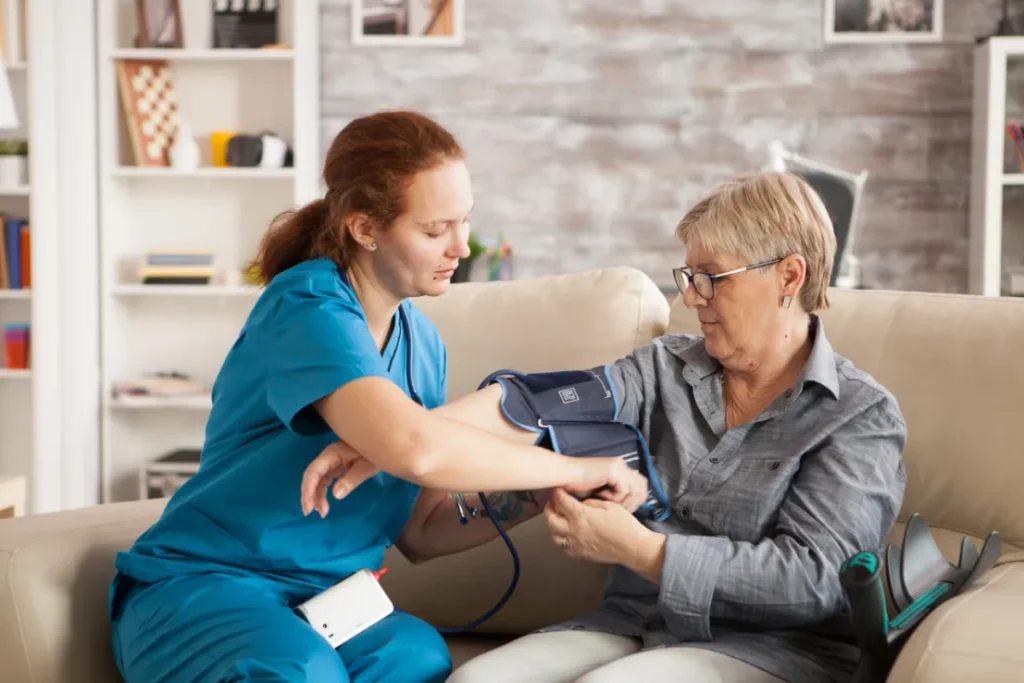
Learn how we collaborate with home health agencies to deliver seamless care, ensuring you receive the right treatment at the right time. Working effectively with your home health agency is crucial to ensure the best wound care. Here are some key strategies: 1. Choose a Qualified Agency 2. Clear Communication with Your Care Team 3. Follow the Care Plan 4. Use of Technology 5. Infection Prevention 6. Advocacy and Feedback 7. Emergency Plan By working closely with your home health agency, being proactive, and staying informed, you can significantly improve the quality and outcomes of your wound care at home.
How Oxygen Therapy Improves Wound Healing
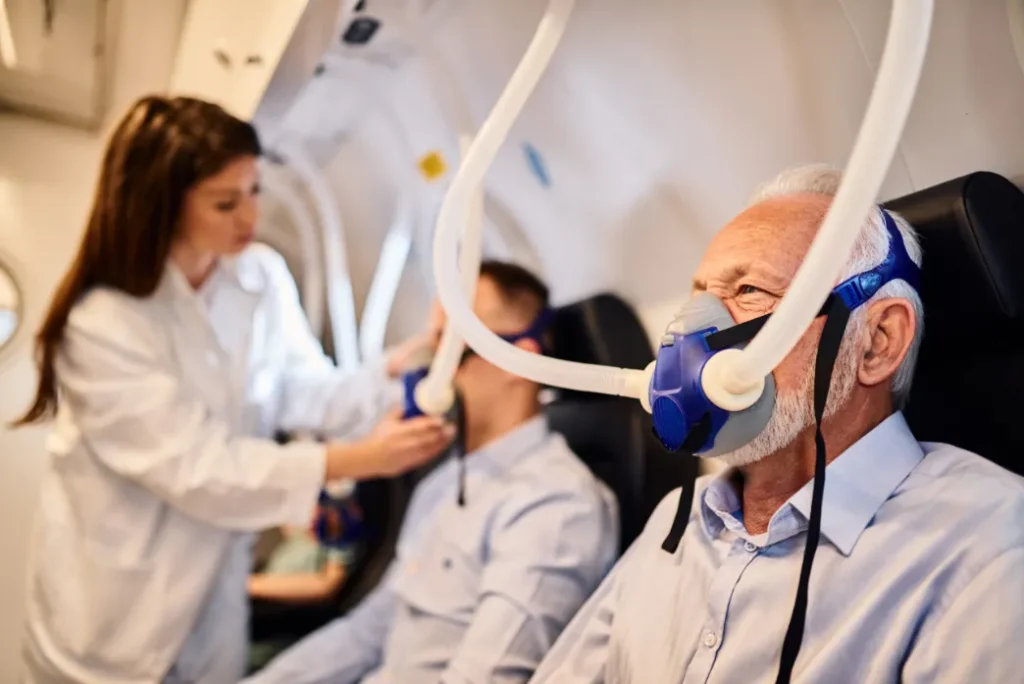
A deep dive into how Topical Oxygen Therapy works and its role in speeding up the recovery process for chronic wounds. Oxygen therapy plays a vital role in wound healing, especially for chronic or non-healing wounds. Here’s how it contributes to the healing process: 1. Enhances Cellular Functions 2. Reduces Risk of Infection 3. Improves Blood Circulation 4. Speeds Healing of Chronic Wounds 5. Decreases Swelling and Inflammation 6. Accelerates Healing in Diabetic and Vascular Disease Patients Conclusion Oxygen therapy accelerates wound healing by enhancing cellular activity, reducing the risk of infection, improving blood circulation, and promoting the body’s natural repair processes. For chronic and non-healing wounds, therapies like HBOT and topical oxygen therapy can make a significant difference in recovery time.
Preventing Pressure Sores
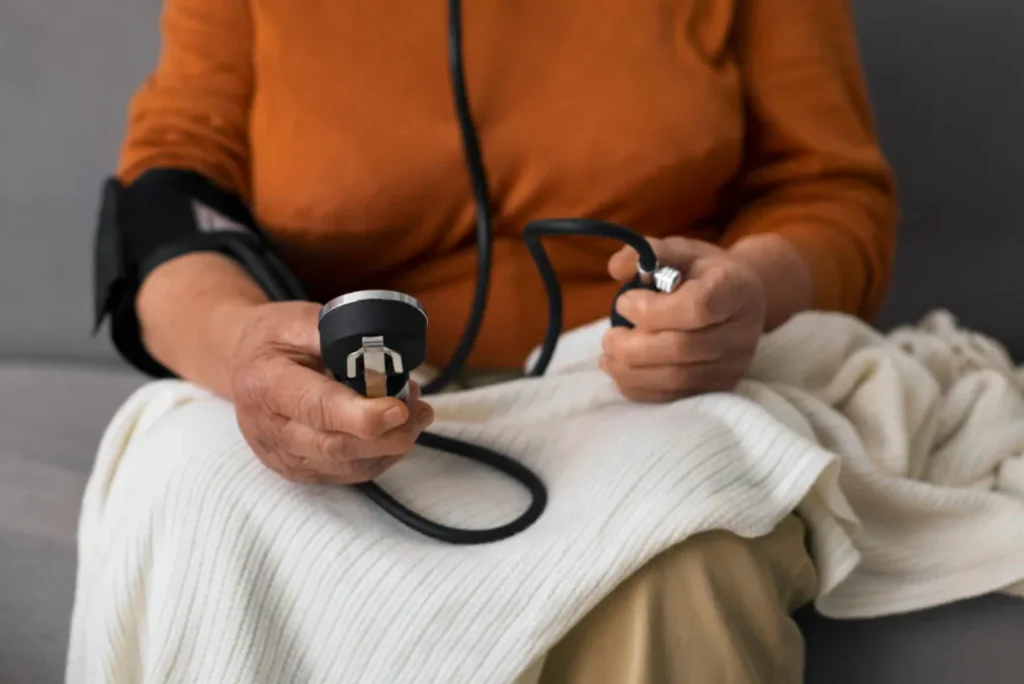
Tips for At-Risk Patients Pressure sores, or bedsores, are a common problem for immobile patients. We provide advice on preventing them with proper care and support. Preventing pressure sores (also known as bedsores or pressure ulcers) is essential, especially for individuals who are bedridden, wheelchair-bound, or have limited mobility. These sores develop when prolonged pressure restricts blood flow to certain areas of the skin, typically over bony areas like the hips, heels, elbows, and tailbone. Here are some key strategies to prevent pressure sores: 1. Frequent Position Changes 2. Skin Inspection 3. Nutrition and Hydration 4. Reduce Friction and Shear 5. Pressure-Relieving Devices 6. Keep the Skin Clean and Dry 7. Exercise and Movement 8. Proper Bedding and Clothing 9. Manage Underlying Health Conditions 10. Educate Caregivers Conclusion Preventing pressure sores requires a combination of vigilant skin care, regular repositioning, proper nutrition, and the use of supportive devices. Early intervention is key to avoiding more severe complications, making frequent skin checks and proactive care essential for those at risk.
Wound Care for Diabetics: What You Need to Know
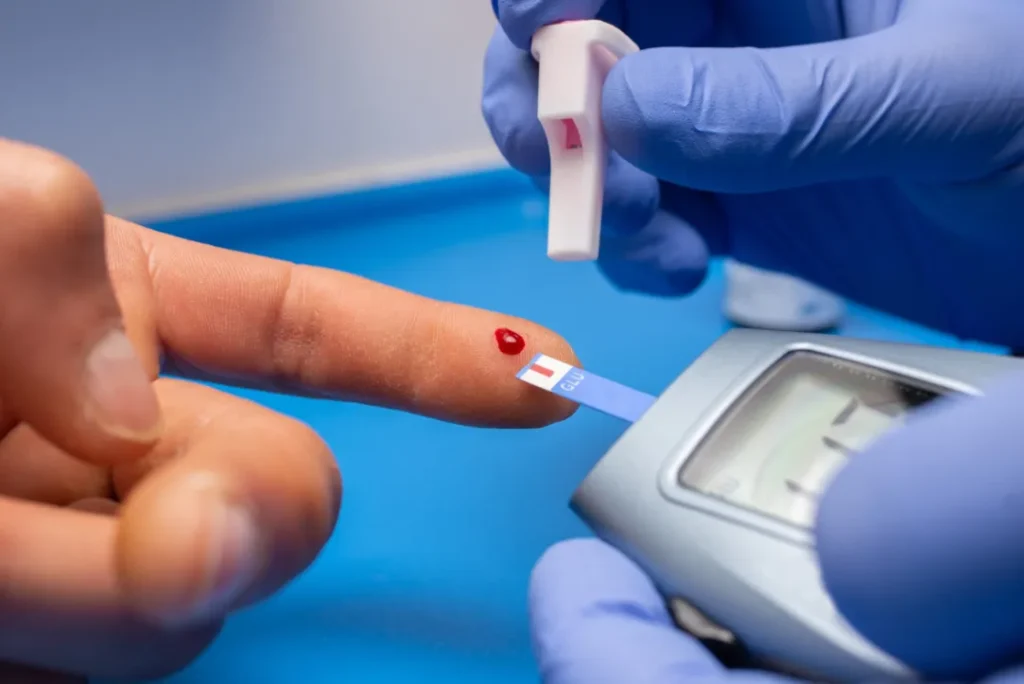
Diabetes can lead to serious wound complications. Learn more about how to manage and treat diabetic ulcers with our specialized care. Wound care for diabetics requires special attention due to the increased risk of complications like infections, slow healing, and the development of chronic wounds. People with diabetes often face issues like reduced blood circulation, nerve damage (diabetic neuropathy), and weakened immune function, all of which can negatively affect wound healing. Here’s what you need to know to manage and care for wounds effectively if you or a loved one has diabetes: 1. Early Detection and Daily Inspection 2. Proper Wound Cleaning 3. Moist Wound Healing 4. Prevent Infection 5. Offload Pressure from Wounds 6. Control Blood Sugar Levels 7. Nutrition and Hydration 8. Foot Care for Diabetic Patients 9. Manage Neuropathy 10. Use of Advanced Wound Care Therapies 11. Consult with a Wound Care Specialist Conclusion Diabetics must take special precautions to prevent and manage wounds. Early detection, proper cleaning, moisture control, and infection prevention are crucial steps. Additionally, managing blood sugar levels, offloading pressure from wounds, and maintaining good nutrition can help promote healing and prevent complications. Regular consultations with healthcare providers and wound care specialists are essential to ensure optimal wound care.
Common Myths About Chronic Wound Healing
Debunk the most common myths about chronic wound care, including misconceptions about treatment options and healing timelines. Chronic wounds, such as diabetic ulcers, pressure sores, or venous leg ulcers, often come with a number of misconceptions that can hinder effective treatment and healing. Here are some of the most common myths about chronic wound healing, along with the facts 1. Myth: Healing Is Linear 2. Myth: Chronic Wounds Are Unpreventable 3. Myth: All Wounds Leave Scars 4. Myth: No Pain Means It’s Not Serious 5. Myth: Odor Implies Infection 6. Myth: Antibiotics Are Always Needed 7. Myth: Wounds Should Be Kept Dry 8. Myth: Older Adults Can’t Heal Well 9. Myth: Frequent Dressing Changes Are Better 10. Myth: Any Cream or Lotion Helps 11. Myth: Smoking Doesn’t Affect Healing 12. Myth: Small Wounds Don’t Need Attention 13. Myth: Only Skin Is Affected 14. Myth: Wounds Need Air Exposure 15. Myth: Heat Helps All Wounds 16. Myth: Cleaning Wounds Isn’t Necessary 17. Myth: Vitamins Alone Heal Wounds 18. Myth: Wounds Are All Contagious 19. Myth: Only Diabetics Get Chronic Wounds 20. Myth: Wounds Always Take Weeks to Heal 21. Myth: Only the Elderly Should Be Concerned 22. Myth: A Closed Wound Is Fully Healed 23. Myth: Sugar Doesn’t Impact Healing 24. Myth: Chronic Wounds Don’t Need Special Care 25. Myth: Exercise Always Worsens Healing 26. Myth: All Dressings Are the Same 27. Myth: Home Remedies Are Sufficient 28. Myth: Skin Tone Doesn’t Affect Care 29. Myth: Tight Bandaging Helps Healing 30. Myth: Wounds in Moist Areas Can’t Heal 31. Myth: Stress Doesn’t Influence Healing 32. Myth: Chronic Wounds Are Only a Skin Issue 33. Myth: Cleaning Isn’t Important Daily 34. Myth: Wounds Shouldn’t Be Kept Moist 35. Myth: Wound Healing Can’t Be Affected by Weather
Top 3 Wound Care Technologies You Should Know About
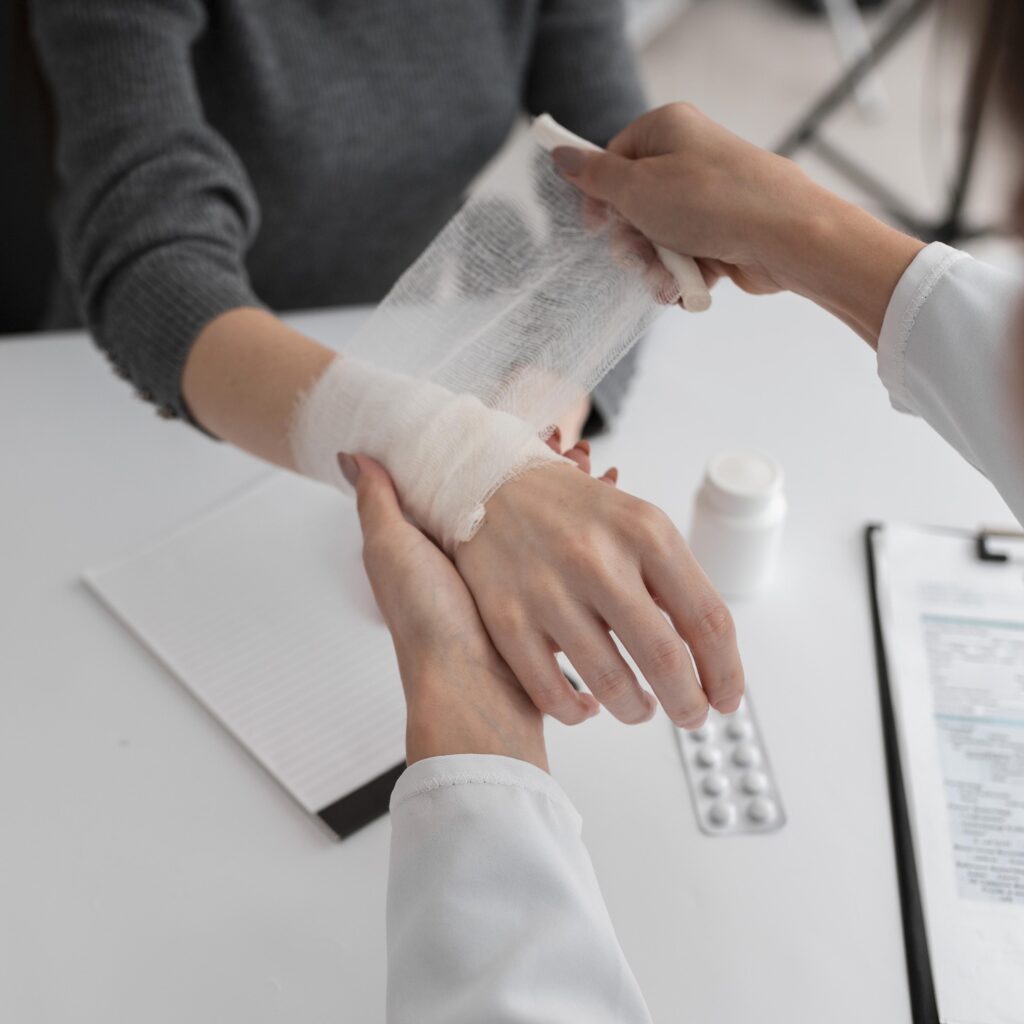
A look at the most innovative technologies used in wound care today, including Air Touch Mobile X-rays, Smart ABI systems, and TCOM machines, all designed to improve healing outcomes. Advancements in wound care technology have greatly improved the management and healing of complex and chronic wounds. Here are the top three wound care technologies you should know about: 1. Negative Pressure Wound Therapy (NPWT) 2. Hyperbaric Oxygen Therapy (HBOT) 3. Bioengineered Skin Substitutes Conclusion These wound care technologies—NPWT, HBOT, and bioengineered skin substitutes—represent significant advancements in treating chronic and complex wounds. They offer innovative ways to accelerate healing, reduce the risk of infection, and improve patient outcomes, particularly for wounds that are resistant to traditional treatments.
How Mobile Wound Care Saves Time and Money

Explore the benefits of receiving advanced wound care at home, including the convenience, cost savings, and improved outcomes associated with mobile care services. Mobile wound care services bring healthcare professionals and advanced wound treatments directly to patients, typically in their homes or assisted living facilities. This approach offers several advantages that save both time and money, particularly for those managing chronic wounds. Here’s how mobile wound care is a cost-effective and time-saving solution: 1. Reduced Need for Hospital Visits 2. Faster Wound Healing 3. Prevention of Chronic Wound Complications 4. Cost-Effective Treatment Options 5. More Efficient Use of Resources 6. Improved Patient Compliance 7. Customized, Patient-Centered Care 8. Reducing Healthcare System Burden Conclusion Mobile wound care saves both time and money by reducing the need for hospital visits, promoting faster healing, preventing complications, and providing cost-effective, tailored care. This approach not only enhances the patient’s quality of life but also reduces the overall cost burden on patients, caregivers, and the healthcare system.
The Importance of Early Intervention in Wound Care

Find out why addressing non-healing wounds early is critical for avoiding hospitalizations, infections, and amputations, and how our services help patients recover faster. Early intervention in wound care is crucial for promoting faster healing, preventing complications, and reducing healthcare costs. Addressing wounds at an early stage improves outcomes and can significantly reduce the likelihood of chronic or non-healing wounds. Here are the key reasons why early intervention in wound care is so important: 1. Prevents Infection 2. Reduces the Risk of Chronic Wounds 3. Minimizes Tissue Damage 4. Reduces Healing Time 5. Prevents Complications in High-Risk Patients 6. Reduces the Risk of Hospitalization 7. Promotes Proper Wound Healing Environment 8. Improves Patient Comfort and Quality of Life 9. Promotes Holistic Health Management 10. Reduces Psychological Impact Conclusion Early intervention in wound care is essential for preventing infections, reducing healing time, minimizing complications, and improving overall patient outcomes. By addressing wounds promptly, patients can avoid costly treatments, hospitalizations, and long-term complications while enhancing their quality of life.
5 Tips for Caring for a Non-Healing Wound at HomeHello
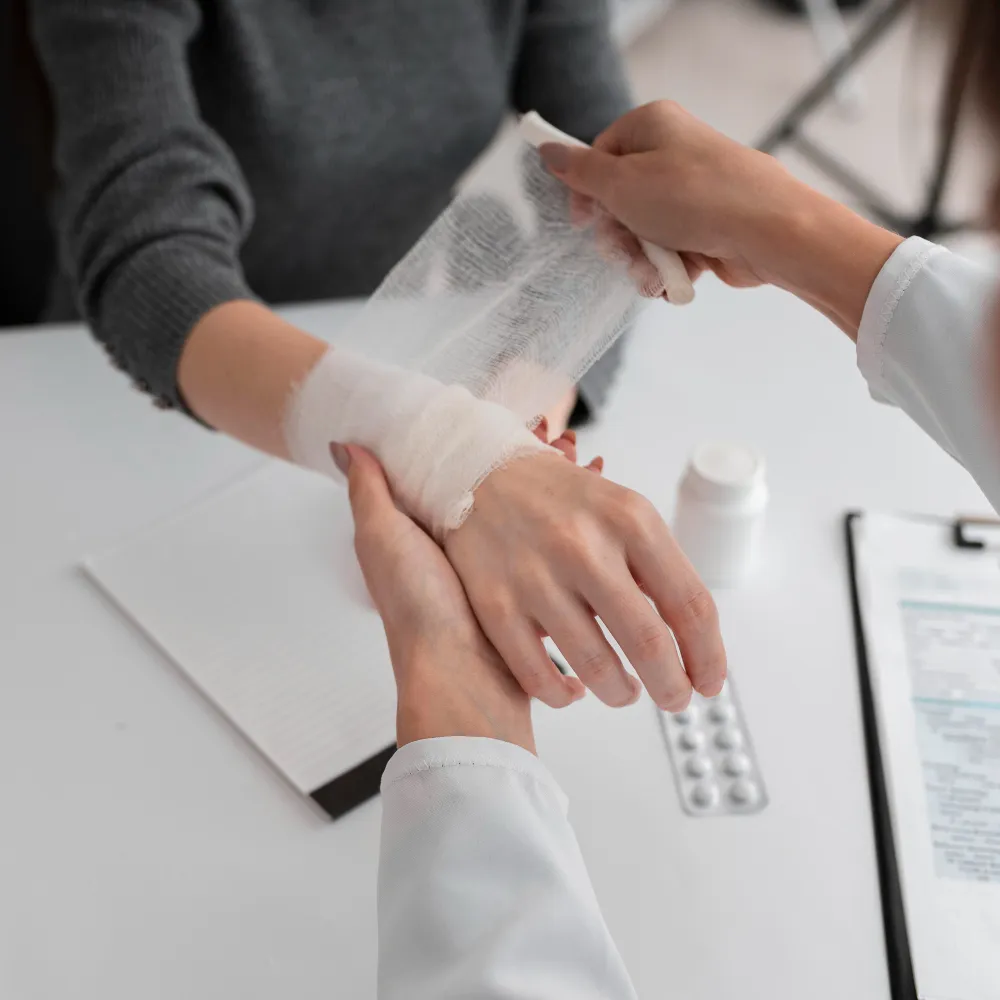
Learn practical tips to help care for your wound between visits from our team, including cleaning techniques and how to monitor for signs of infection. Caring for a non-healing wound at home can be challenging, but with proper care and attention, you can help manage the wound and support the healing process. Here are five essential tips for at-home wound care: 1. Keep the Wound Clean 2. Change Dressings Regularly 3. Monitor for Signs of Infection 4. Maintain a Healthy Diet 5. Offload Pressure Bonus Tip: Stay in Regular Contact with Your Healthcare Provider By following these tips, you can help manage your non-healing wound at home and support the healing process while reducing the risk of complications.
How Bioengineered Skin Grafts Accelerate Wound Healing
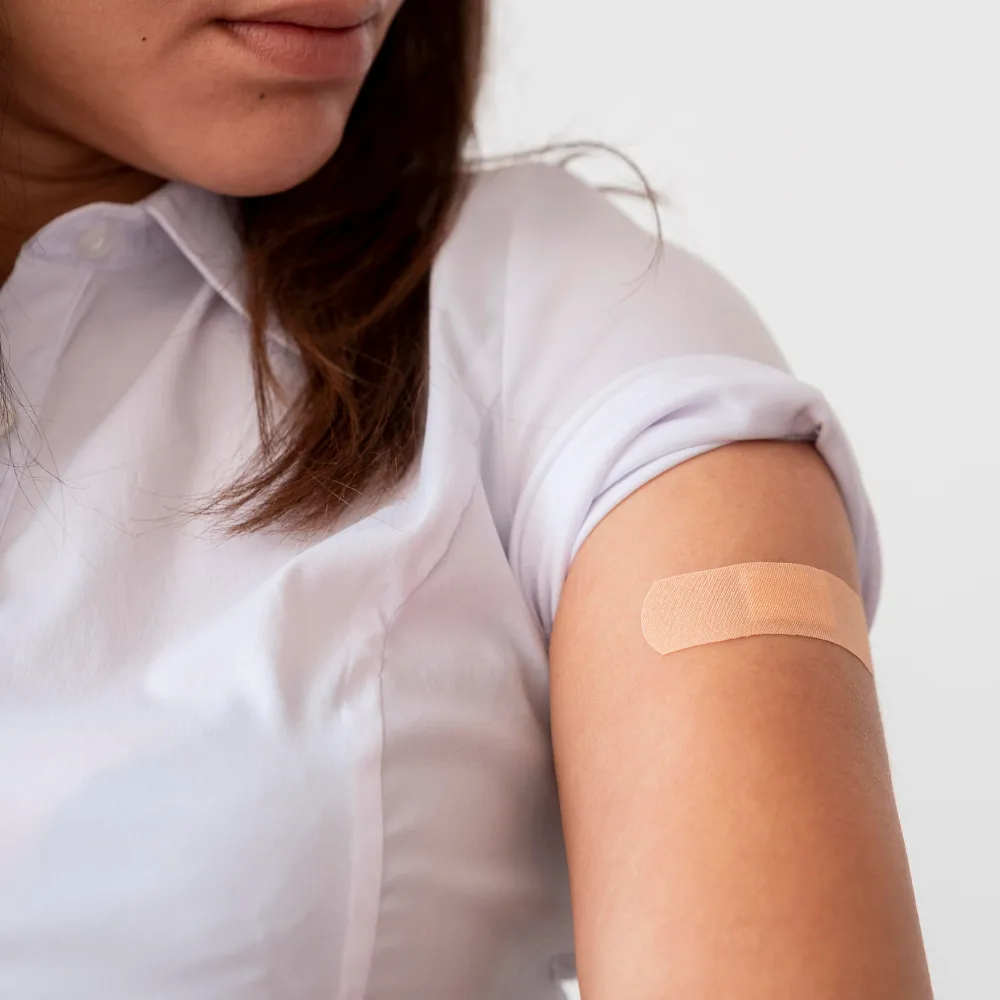
Discover how bioengineered skin grafts work, the science behind them, and how they can help heal chronic wounds that have resisted traditional treatments. Bioengineered skin grafts are advanced wound care treatments that help accelerate the healing process, particularly for chronic or difficult-to-heal wounds. These skin substitutes are designed to mimic the structure and function of natural skin, providing essential support for tissue regeneration. Here’s how bioengineered skin grafts enhance and accelerate wound healing: 1. Creating a Scaffold for New Tissue Growth 2. Mimicking the Skin’s Natural Structure 3. Promoting Moisture Balance 4. Reducing the Risk of Infection 5. Stimulating Cell Growth and Healing Factors 6. Reducing Inflammation 7. Decreasing the Need for Donor Skin 8. Improving Healing in Complex and Chronic Wounds Conclusion Bioengineered skin grafts accelerate wound healing by providing a supportive structure for new tissue growth, maintaining optimal moisture levels, reducing infection risk, and delivering essential growth factors. For chronic or complex wounds, these grafts offer a powerful tool to speed up recovery and improve the healing process, especially in patients who struggle with non-healing wounds.

